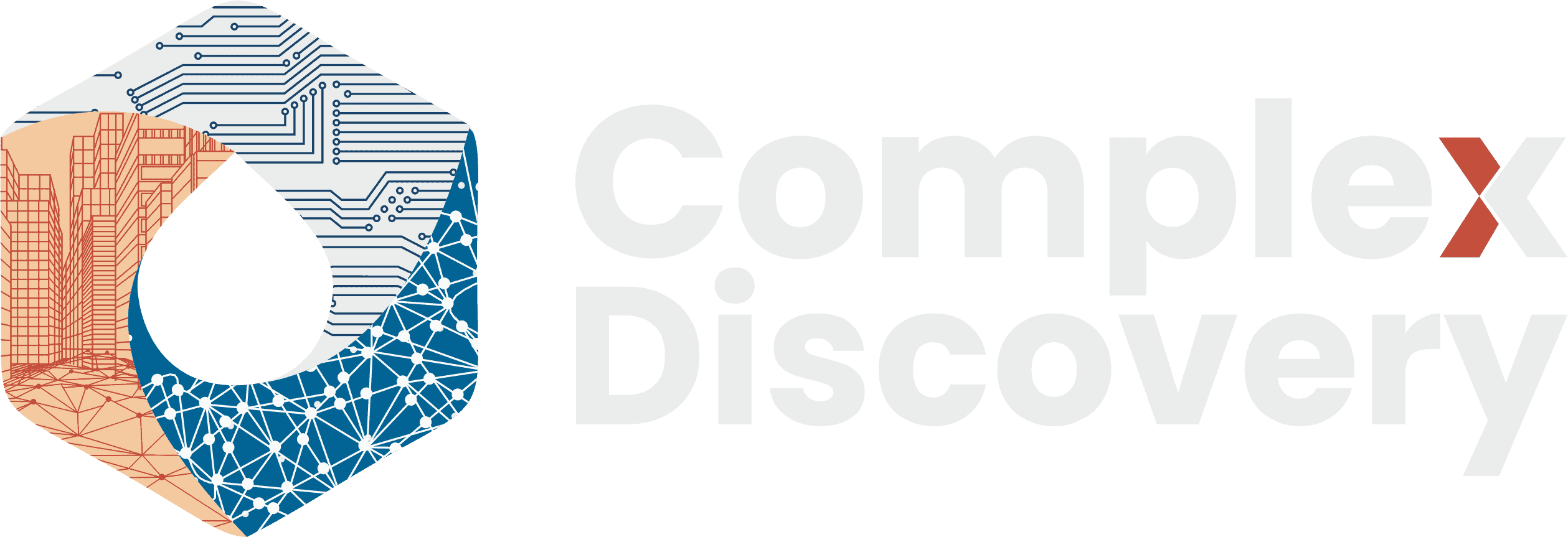Editor’s Note: As artificial intelligence rapidly embeds itself into the operational fabric of modern organizations, the implications for cybersecurity grow increasingly complex. This article probes the overlooked vulnerabilities associated with AI integration, particularly large language models (LLMs), and exposes the sharp divide between perceived and actual security readiness among top providers. It serves as a crucial call-to-action for cybersecurity, information governance, and eDiscovery professionals to proactively address these evolving threats. With case-based insights and expert perspectives, the analysis underscores the urgent need for strategic alignment between innovation and data protection in AI-driven environments.
Content Assessment: AI at Risk: Security Gaps in Leading Language Model Providers
Information - 94%
Insight - 93%
Relevance - 92%
Objectivity - 92%
Authority - 91%
92%
Excellent
A short percentage-based assessment of the qualitative benefit expressed as a percentage of positive reception of the recent article from ComplexDiscovery OÜ titled, "AI at Risk: Security Gaps in Leading Language Model Providers."
Industry News – Artificial Intelligence Beat
AI at Risk: Security Gaps in Leading Language Model Providers
ComplexDiscovery Staff
The escalating integration of Artificial Intelligence (AI) in organizational systems has brought about a significant shift in data security protocols. Amidst its transformative potential, AI also presents numerous vulnerabilities that demand urgent attention. A growing concern among businesses is the rapid adoption of large language models (LLMs) and the subsequent risk they pose to sensitive corporate data. According to a Cybernews analysis, many AI tools integrated within workplaces may not be as secure as businesses anticipate, leading to potential breaches of sensitive information and compromise of brand reputation.
A detailed study by Cybernews reviewed the cybersecurity protocols of major LLM providers, revealing that assumptions about security may be misplaced. Of the ten prominent providers analyzed, including giants like OpenAI and Claude, a stark reality emerged: while half achieved a commendable A rating for cybersecurity, others, notably OpenAI, received a low D score, exposing them to heightened risk of breaches. Inflection AI, distinguished for its poor performance, scored an even lower F. Such disparities highlight the urgent need for robust cybersecurity frameworks tailored specifically for AI environments.
Data breaches remain a predominant issue; the index by Cybernews reported breaches in five out of ten AI providers, with OpenAI suffering the most significant, totaling 1,140 incidents. However, it is important to clarify that these incidents are not direct breaches of OpenAI’s infrastructure. Instead, most of these incidents involve compromised user credentials, typically harvested by infostealer malware from end-user devices. This means that the primary vulnerability lies in endpoint security and credential management, rather than a fundamental flaw in OpenAI’s own systems. Sources of risk are multifaceted: compromised credentials, inadequate SSL/TLS configurations, and pervasive password reuse come to the fore. As organizations increasingly incorporate AI tools, these vulnerabilities serve as critical entry points for cyber threats.
Geographic disparities further complicate the cybersecurity landscape. American AI providers, as stated by Cybernews, achieved an average cybersecurity score of 87.5, contrasted with their Chinese counterparts scoring an average of 79.5, none surpassing a C rating. This exposes a substantial gap, necessitating global attention to enhance AI’s security infrastructure. Furthermore, Perplexity AI and EleutherAI exemplify the dangers of cloud hosting, wherein nearly 40% of their systems remain vulnerable to cyberattacks due to inadequate hosting security measures. It should be noted, however, that cloud hosting itself is not inherently insecure. The vulnerabilities typically arise from misconfigurations, unpatched flaws, and insufficient access controls within cloud-based AI workloads. Major cloud providers such as AWS, Google Cloud, and Azure offer robust security features, but these must be properly implemented and maintained by the AI tool providers to ensure effective protection.
The complexities of AI-based security risks are further examined by Check Point Software Technologies. They reported that 70% of security professionals had encountered employees uploading sensitive data into AI systems carelessly, deepening the potential for data leakage. This indiscriminate use of AI tools underscores a wider issue: “Shadow AI,” where employees bypass official channels for convenience, often overlooks essential security protocols, inadvertently exposing sensitive information. This phenomenon, known as Shadow AI, is particularly concerning because employees may unknowingly input proprietary code, customer information, or confidential documents into public AI tools. Once entered, organizations lose control over how this data is stored, processed, or potentially used for model training, which can lead to unintentional data exposure.
Sergey Shykevich, from Check Point, emphasizes the precarious relationship between employee curiosity and data exposure. With AI tools such as ChatGPT being integrated into workflows, organizations are hard-pressed to keep track of third-party AI tools. Despite advances in AI, the companies’ adoption of generative AI frequently outpaces the deployment of effective guardrails to manage associated risks. Consequently, only a small fraction of organizations (28%) have updated comprehensive policies to govern AI usage effectively.
To mitigate risks, businesses are advised to bolster employee education on AI-related threats and invest more in data loss prevention technologies. Regulatory bodies like the U.S. Securities and Exchange Commission are pressing for transparency in AI and cyber-related disclosures, a sentiment echoed within the European Union through stringent AI standards.
Another dimension to the secure deployment of AI is outlined by Octavian Tanase, chief product officer at Hitachi Vantara, advocating for a proactive approach to cybersecurity. The effectiveness of zero-trust architectures and intrusion detection systems is highlighted as a means to shield data from unauthorized intrusion. Alongside technical safeguards, data encryption, immutable storage, and robust access controls compose a multilayered defense against AI-enabled vulnerabilities.
AI’s dual role—as both a threat and a tool for enhancing cybersecurity—cannot be overstated. Insights from Check Point’s report point to generative AI being leveraged for sophisticated phishing schemes and deepfake technologies, creating a pressing need for advanced, adaptive defense mechanisms within corporate environments. Simultaneously, the same technology propels advancements in threat detection and data protection. AI systems are increasingly used to anonymize sensitive data, maintain compliance with privacy regulations, and facilitate predictive security analytics. This facilitates early threat identification and mitigation before they manifest into tangible risks.
Given these evolving challenges, a concerted focus on AI fortification is imperative. Organizations need to embrace a comprehensive, forward-thinking approach encompassing technological innovation, policy development, and interdepartmental collaboration. As the AI landscape evolves, maintaining rigorous cybersecurity protocols will remain pivotal in safeguarding corporate assets and ensuring the safe, efficient adoption of AI innovations.
News Sources
- Half of AI tools flunk basic security checkups (Cybernews)
- AI’s Blind Spot Is The Link Between Data Security And Reliable Outputs (Forbes)
- AI Arms Race Fuels Surge in Cybercrime and Data Leaks (WebProNews)
- Beyond Traditional Vendor Management: Navigating AI Risks in the Supply Chain (Security Boulevard)
Assisted by GAI and LLM Technologies
Additional Reading
- Zero-Person Startups: How Agentic AI is Shaping a New Business Frontier
- AI FOMO Drives Venture Capital Surge: Implications for Cybersecurity, eDiscovery, and Legal Technology
- Global Startups Gain Cross-Border Backing from Baltic Angels at Latitude59 2025
Source: ComplexDiscovery OÜ



























